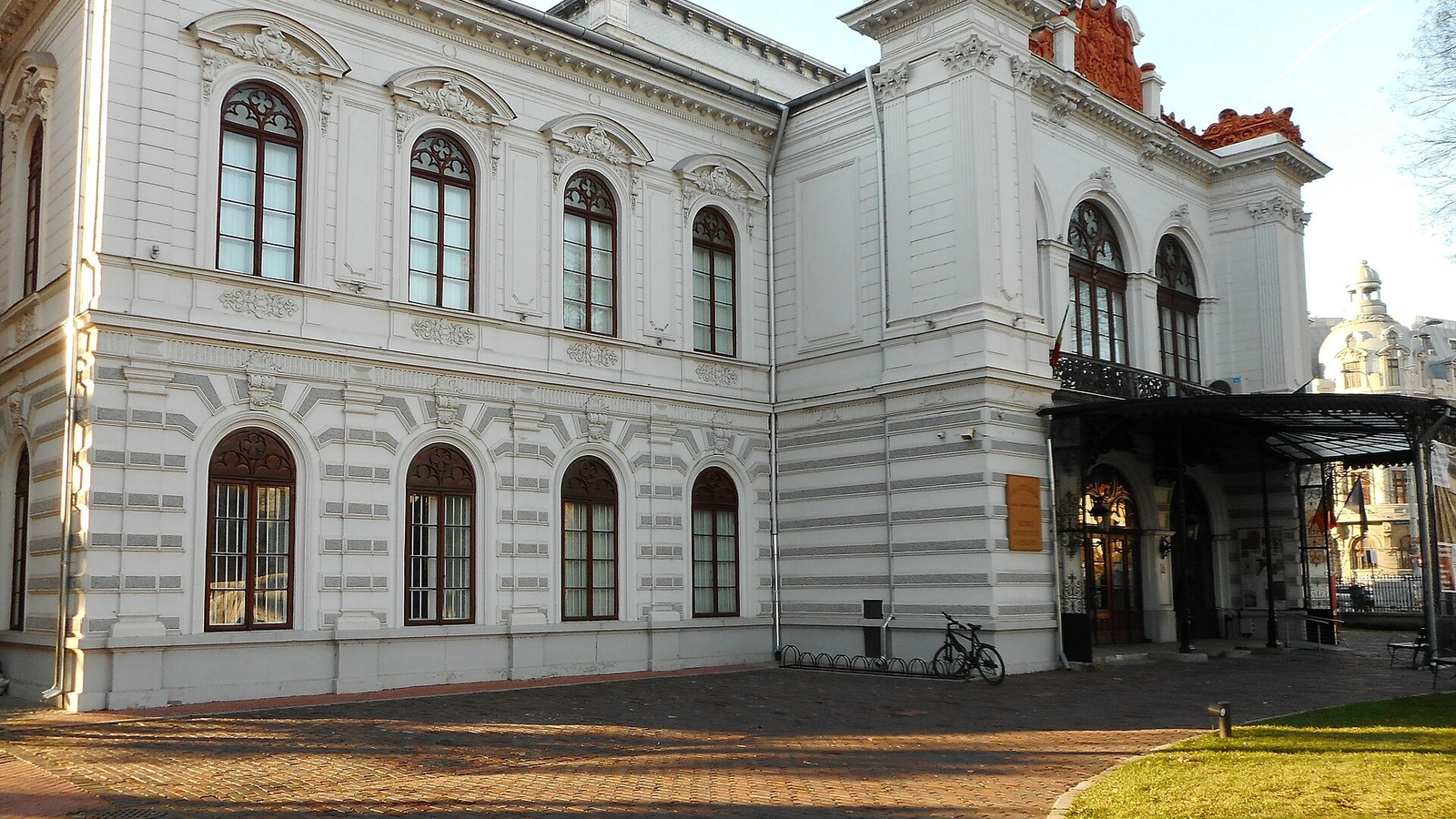"The Journey Beyond. Funeral rites in Varna and the region in ancient times," exhibition featuring artefacts from the Varna I and Varna II necropolises - including the world's oldest crafted gold, a unique testimony to civilisations that existed over 6,000 years ago - was opened at the Bucharest Municipality Museum - Sutu Palace on Thursday.
The central theme of the exhibition is the varied representation of the afterlife, as reflected in the funerary rituals practised over the centuries. The selection of artefacts was made to offer a representative picture of these practices, bringing together items made from a variety of materials: pottery, weapons, tools, jewellery and ritual objects.
'As the title suggests, the exhibition is a journey to the afterworld, that is, it is dedicated to funerary practices beginning with the Chalcolithic period, around 7,000 years ago, and extending to the early Middle Ages. It essentially presents the evolution of funerary approaches and practices in the Varna area over roughly six millennia. In terms of artefacts, visitors will see something they likely haven't encountered before, the world's oldest crafted gold, which is not only the oldest but also found in impressive quantities. The Bucharest Municipality Museum is now exhibiting grave goods from several Chalcolithic tombs at Varna, the most spectacular of which is a symbolic grave, meaning one without a body, containing an extraordinary number of objects,' said Vasile Opris, archaeologist, PhD in history specialising in Eneolithic ceramic technology, and curator of the exhibition.
He added that, alongside the gold artefacts, the exhibition also includes 'other pieces just as impressive and exotic in character, such as ornaments made from Mediterranean shells, minerals like coal and malachite - materials not found in the Varna area - as well as ceramic vessels remarkable for their craftsmanship and decoration, unique to this part of Europe.'
Opris explained that gold cannot be absolutely dated, but 'since it was discovered in graves together with human remains, the bones were dated using the radiocarbon method, and by association, the items placed on the individuals were dated to an absolute age of around 4,700-4,600 BC, meaning nearly 7,000 years old.'
'No other crafted gold of this kind has been found anywhere else in the world to date,' Opris concluded.
The funerary practices from the Varna region reveal a remarkable phenomenon: the further back in time we go, the richer and more valuable the grave goods become. The excavated necropolises date from Prehistory, Antiquity and the Middle Ages.
The exhibition is arranged across three rooms at Sutu Palace: the first dedicated to Prehistory, featuring the spectacular gold from Varna; the second covering the Roman, Hellenistic and Iron Age periods; and the third focusing on the Medieval and Late Antique periods.
"The Journey Beyond. Funeral rites in Varna and the region in ancient times," exhibition will be open to visitors at Sutu Palace until 29 March 2026.




































Comentează